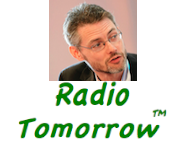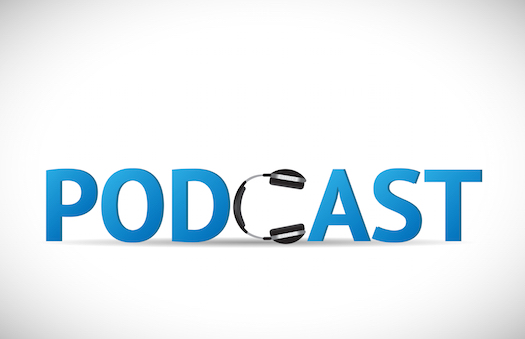Radio Tomorrow with James Cridland
Back in September, Michael Mason – who is in charge of the Australian ABC’s radio division – sent all staff an email detailing the future for the ABC in 2020. You can read it here, and you should.
It’s a good, cogent piece of both future-gazing and strategic planning, and it’s one that you might want to read for your own company. I said in my newsletter at the time that I’d never seen a piece like it for any other radio organisation. You might not agree with it all – that’s not the point really – but as a piece of guidance for the future direction of the organisation, it’s a great piece of work.
The ABC’s RN station – which stands for Radio National – is a station much like NPR or BBC Radio 4. It contains news programs and documentaries: carefully authored programs that go in depth about a subject.
One part of the ABC strategy says:
One of our priorities is to get better at surfacing and sharing [RN’s] quality genre specialist content, shifting more from linear to digital platforms and driving new audiences.
This has been lazily characterised in the press and the chatrooms as the ABC planning to switch off RN’s transmitters and make the entire station podcast-only. They’re not: instead, this is a fundamental rethink of making radio content, and one I’ve been, over the years, quietly calling for.
A station like RN, or BBC Radio 4, or NPR, might have, say, an hour’s program focused on, say, mental health. On the program grid, that makes great sense – fill 57 minutes of output on that stuff each week, please, team: off you go. And on the radio, it kind of works: every week you can probably sit beside your radio and enjoy that program, probably with a repeat later in the week.
The difficulty is that an hour’s long program doesn’t make for great digital content. Very few people will have time to listen to an hour’s worth of on-demand audio. (Early stats say that only 44% of people make it to the end of my podcast, which either means that it’s really awful, or it means they’ve got the gist of what I’m saying and they move on. And my podcast is only three minutes long).
We already know that what works better is shorter pieces of content that are more accessible. So if this hour-long program covers three different stories, it might be better to make those individual stories available separately. So if you’re just interested in depression, and not schizophrenia, you can get the bit of content you want.
This doesn’t change, much, the sound of the radio program. But it does change the way the program is put together, and how items are built. It means that broadcasters need to think about how individual stories work in isolation, as well as within the hour-long program that gets broadcast.
By thinking digital-first, or at least digital-equal, we can make great radio heard by many, many more people. And isn’t that the whole point of what we do?
About The Author
 James Cridland is a radio futurologist: a writer, speaker and consultant on the effect that new platforms and technology are having on the radio business across the world.
James Cridland is a radio futurologist: a writer, speaker and consultant on the effect that new platforms and technology are having on the radio business across the world.
He writes for publications across the world, and runs media.info the worldwide media information website. He also runs a free weekly newsletter with news of radio’s future.
British by birth, James lives in Brisbane, QLD and is a fan of craft beer.

